Military letter template
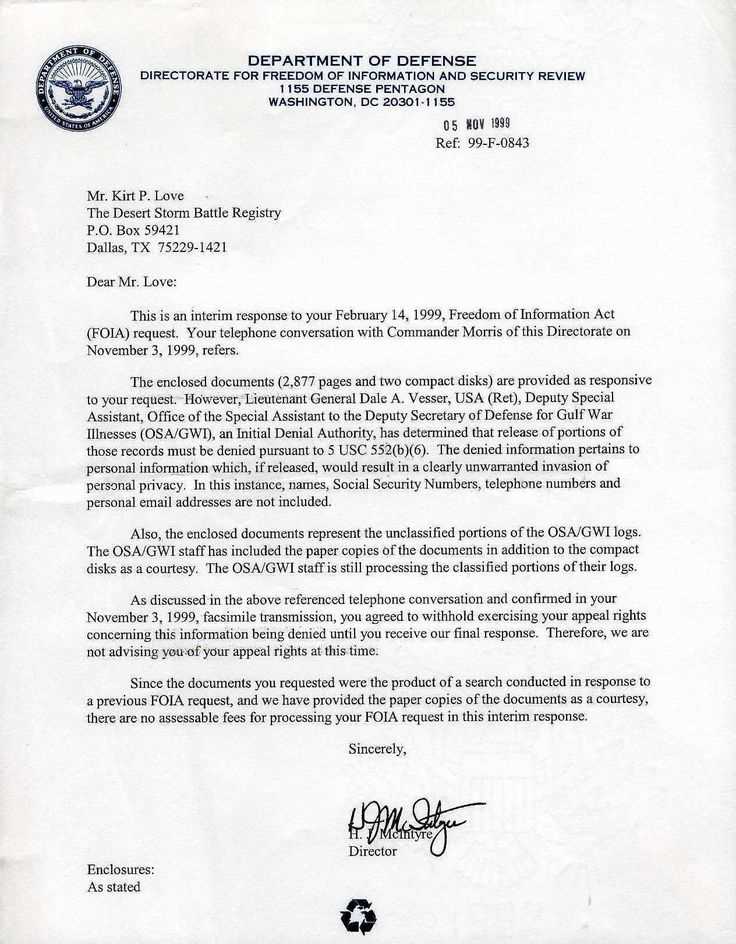
How to Write a Military Letter
Start by addressing the letter to the appropriate individual or department. If you’re unsure of the recipient’s name or rank, it’s acceptable to use a general greeting like “To Whom It May Concern.” Make sure the tone remains formal throughout.
Structure of a Military Letter
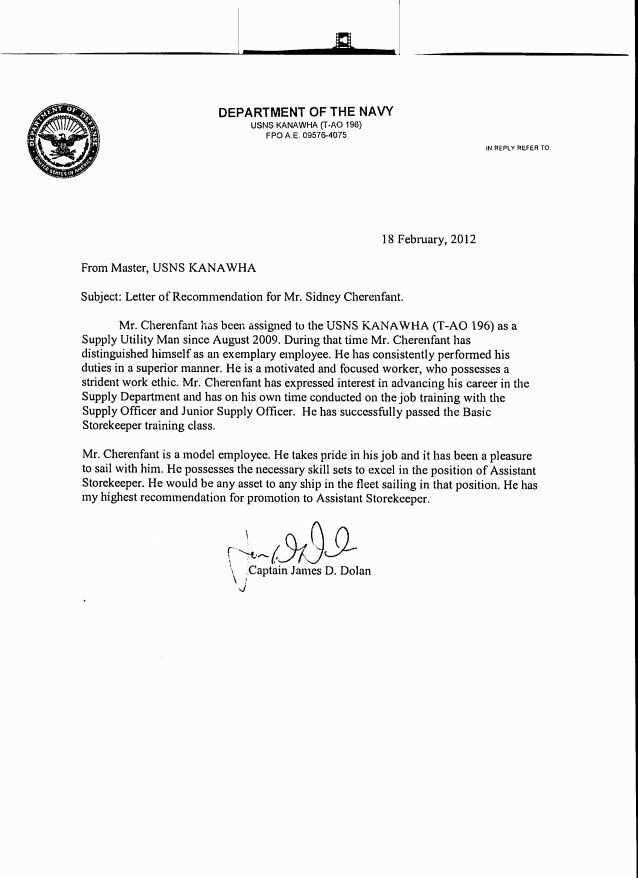
- Date: Place the date at the top of the letter. This provides context for the communication.
- Sender’s Information: Include your name, rank, and contact details in the upper-left corner.
- Recipient’s Information: Include the recipient’s full name, rank, title, and address on the left side of the letter.
- Subject Line: If applicable, use a clear subject line summarizing the purpose of the letter.
- Salutation: Address the recipient by rank and last name (e.g., “Dear Colonel Smith”).
- Body: Clearly state the purpose of the letter, offering relevant details. Avoid unnecessary wording and ensure your points are concise.
- Closing: Use formal closings like “Sincerely,” “Respectfully,” or “Best Regards.” Sign your name and include your rank below.
Tips for Clarity and Professionalism
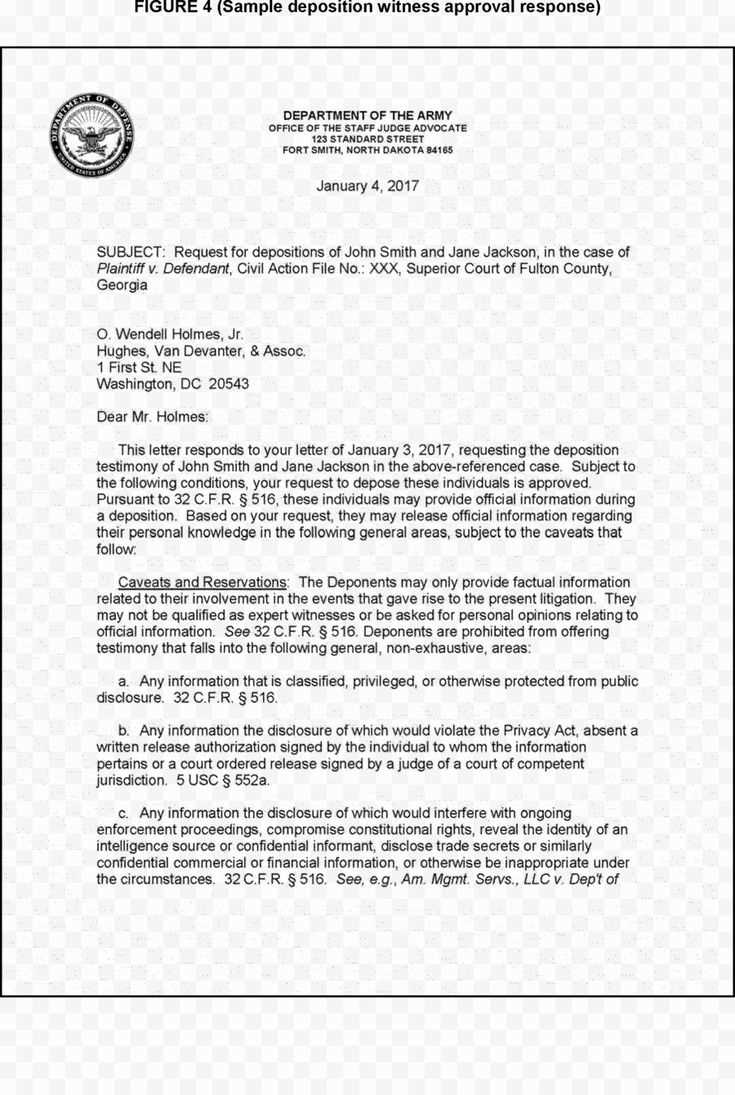
- Use Military Jargon: Include terms specific to military operations if needed, but avoid excessive use that might confuse the reader.
- Be Direct: Military letters are not the place for lengthy explanations. Stick to the facts.
- Proofread: Double-check spelling, grammar, and formatting before sending.
- Formal Tone: Avoid using casual language. The letter should maintain a high level of professionalism.
Example Template
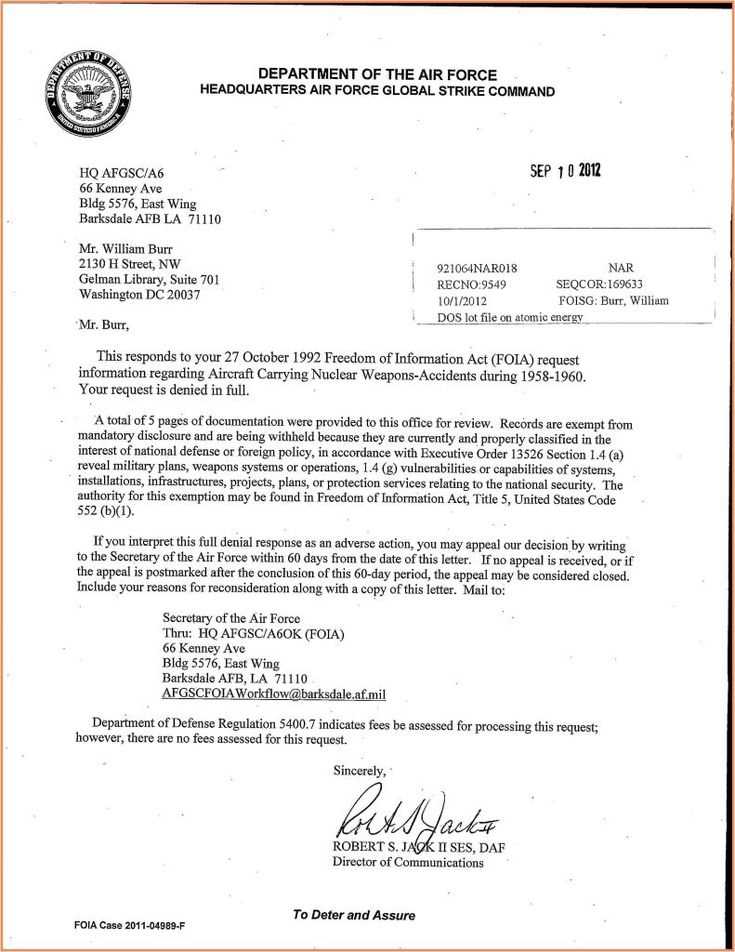
Here’s a simple template you can use for writing military letters:
[Sender’s Name] [Sender’s Rank] [Sender’s Address] [City, State, ZIP Code] [Date] [Recipient’s Name] [Recipient’s Rank] [Recipient’s Address] [City, State, ZIP Code] Subject: [Subject of the Letter] Dear [Rank] [Last Name], [Body of the letter. Clearly explain the matter, request, or information you wish to convey.] Sincerely, [Sender’s Signature] [Sender’s Rank]
Following these steps ensures your letter maintains the appropriate tone and professionalism, making it effective for military communication.
Military Letter Template
Proper Structure for Correspondence
Key Phrases for Clear Communication in Letters
How to Address Officers and Subordinates
Using Formal Language in Writing
Common Mistakes to Avoid in Letters
Formatting Guidelines for Letterhead and Signature
Ensure your letter adheres to a clear and organized structure. Begin with the sender’s address at the top left, followed by the recipient’s details beneath it. Include the date after the recipient’s address. The subject line should summarize the purpose of the letter, allowing the recipient to understand its context quickly. Start with a respectful salutation like “Dear [Rank] [Last Name].” Closing with “Sincerely” or “Respectfully” signals formality and politeness.
Key Phrases for Clear Communication in Letters
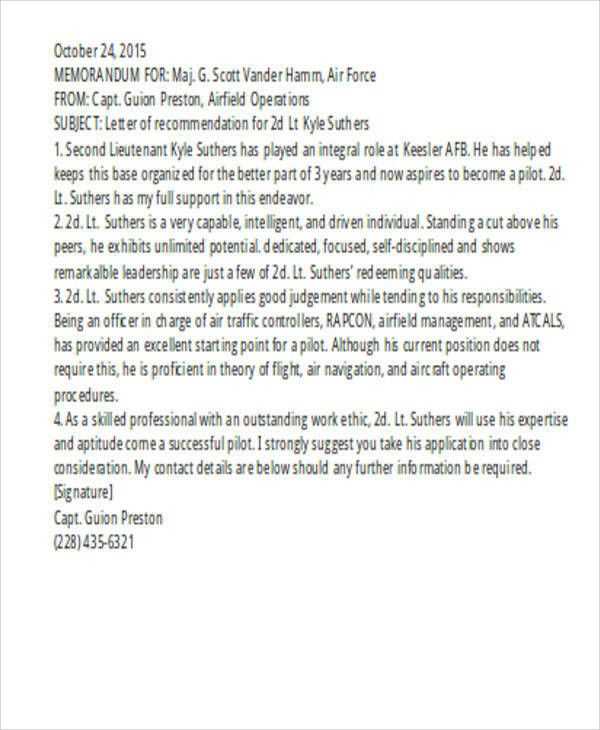
Use straightforward and concise language. Phrases like “I request,” “Please be advised,” and “I would like to inform you” ensure clarity and respect. Avoid ambiguous terms and focus on specific actions or information. When expressing requests or instructions, clearly define what action is expected and by when.
How to Address Officers and Subordinates
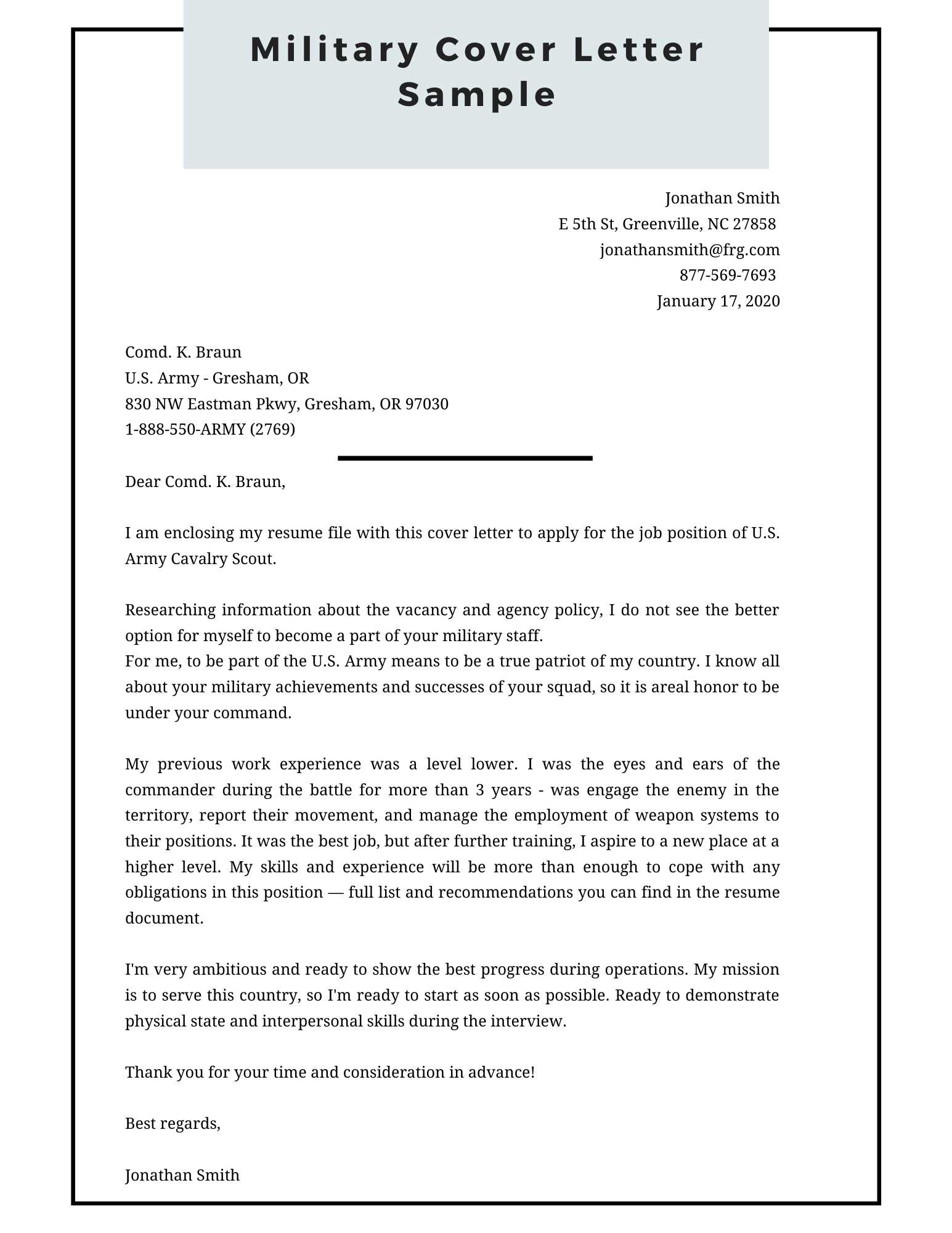
When addressing officers, always use their official rank followed by their last name. For example, “Colonel [Last Name]” or “Lieutenant [Last Name].” Subordinates should be addressed with respect but may not require the same level of formality as officers. However, the rank and last name should still be used in official correspondence.
Formal language is a key component of military correspondence. Avoid casual expressions or colloquialisms. Maintain a professional tone, focusing on delivering the message clearly and respectfully.
Common mistakes to avoid include incorrect rank usage, improper formatting, and ambiguous language. Always double-check for typos, and ensure that the purpose of the letter is clearly conveyed. Misunderstandings in military correspondence can lead to confusion or delays.
Follow formatting guidelines to ensure a professional appearance. The letterhead should be aligned with your unit or office’s standards, typically positioned at the top of the page. The signature should include your rank and name, and if applicable, the contact information of your office. This allows for easy follow-up and ensures the letter is formal and complete.